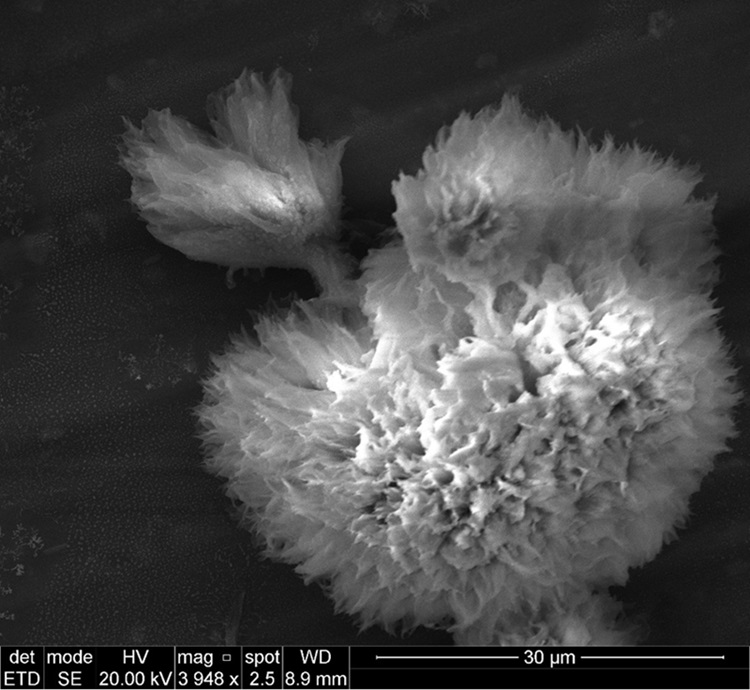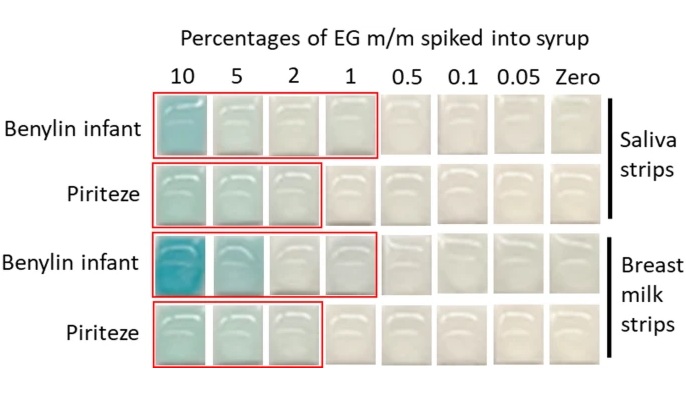AI Tool Detects Tiny Protein Clumps in Microscopy Images in Real-Time
Posted on 23 May 2024
Over 55 million individuals worldwide suffer from dementia-related diseases like Alzheimer's and Parkinson's. These conditions are caused by the clumping together of the smallest building blocks in the body that disrupts vital functions. Within our cells, numerous interactions and exchanges among proteins and other molecules occur naturally, allowing our bodies to function properly. However, errors in these processes can lead to protein clumps that impair functionality, underpinning a variety of neurodegenerative disorders affecting the brain, including Alzheimer's and dementia. Understanding why this clumping occurs and how to treat it has remained elusive, largely due to a lack of adequate tools to study these phenomena. Researchers have now introduced a groundbreaking tool that can find these tiny protein clumps in microscopy images and lead to improved understanding and treatments of diseases like cancer, Alzheimer's, and Parkinson's.
Scientists at the University of Copenhagen (Copenhagen, Denmark) have developed a machine learning algorithm capable of observing protein clumping in real time under a microscope. This algorithm is capable of automatically identifying and monitoring the critical characteristics of the clumped-up building blocks responsible for Alzheimer's and other neurodegenerative diseases—a task previously unachievable. It can detect protein clumps as small as a billionth of a meter in microscopy images and categorize these clumps by their shape and size while tracking their development. The physical appearance of these clumps significantly influences their function and behavior within the body, whether detrimental or beneficial.

Going forward, this algorithm will simplify the process of discovering why clumps form, thereby aiding the development of new medications and therapies to fight these debilitating disorders. The researchers are actively using this tool in experiments with insulin molecules, which, when clumped, lose their ability to regulate blood sugar effectively. The tool allows for the observation of how these clumps change when exposed to various compounds, paving the way to potentially halt or alter them into less harmful or more stable forms. The team is optimistic about the tool's potential to facilitate drug development once these tiny building blocks are precisely identified. They anticipate that their efforts will initiate the gathering of more comprehensive knowledge regarding the shapes and functions of proteins and molecules. The algorithm is accessible as open-source software on the internet for use by scientific researchers and others interested in exploring the clumping of proteins and other molecules.
"In just minutes, our algorithm solves a challenge that would take researchers several weeks. That it will now be easier to study microscopic images of clumping proteins will hopefully contribute to our knowledge, and in the long term, lead to new therapies for neurodegenerative brain disorders," said PhD Jacob Kæstel-Hansen, who led the research team behind the algorithm.
Related Links:
University of Copenhagen









 Analyzer.jpg)




